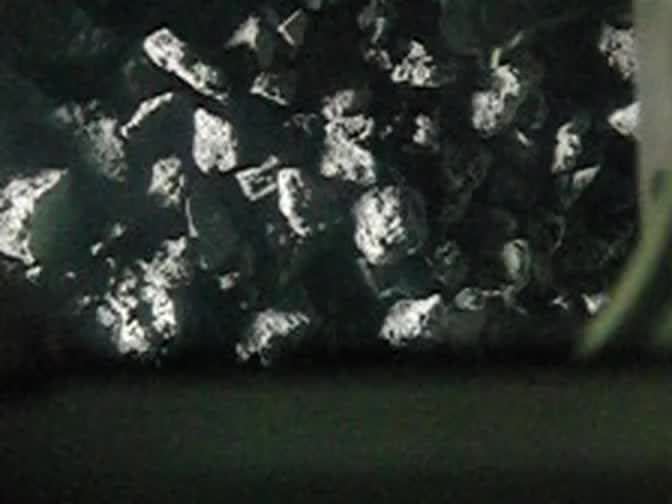A Japanese spacecraft just shot at an asteroid... to try and make a crater

Tell you what, it's certainly not everyday someone shoots at an asteroid.
Japan's space agency, JAXA, tried to do just that with its Hayabusa-2 spacecraft, which was launched in 2014. It's been hanging out on asteroid called Ryugu since June 2018, where it's been studying the surface.
SEE ALSO: Astronaut Anne McClain shares stunning moonset from the International Space Station
A bit before midday Japan Standard Time (JST) on Friday, the spacecraft attempted to blast a new crater on Ryugu by firing something called a "small carry-on impactor" (SCI) toward the asteroid.
[SCI] April 5 at 11:56 JST. The SCI operation time has passed and we have confirmed there is no problem with the spacecraft during the evacuation operation.
— HAYABUSA2@JAXA (@haya2e_jaxa) April 5, 2019
The SCI is a 2 kilogram (4.41 pound) copper lump which was fired toward the asteroid at a speed of 2 km per second (4,473 mph).
Shaped like a cone and containing an explosive, the SCI is designed to create an artificial crater on the surface.
The SCI was shot from an altitude of 500 metres (1,640 feet) from the asteroid's surface, and the time from release and explosion was about 40 minutes.
In a press conference following the explosion, mission managers were worried about the potential debris from the operation, but said none of it made contact with the spacecraft.
You can catch the feed of the operation in its entirety below.
The purpose of the experiment is so researchers can analyse changes to the asteroid's surface after shooting at it, and capture materials that might be hidden underneath.
You can see what it looks like when they shoot the SCI into Ryugu, thanks to a ground test simulating the experience.
The fragments of gravel are meant to simulate the asteroid's surface, but you can imagine the lack of gravity in space would make for a lot more debris floating about.

It'll be a few more weeks until the team goes hunting for the crater, with the search operation set to begin the week of Apr. 22.
Researchers will take images of the surface where they think the bullet has hit, then look through the images by eye to see where they've made their mark.
As for Hayabusa-2, it's expected to make its return to Earth sometime between November and December, with landing set for late-2020.
WATCH: NASA’s Administrator Jim Bridenstine warns India’s anti-satellite test could be dangerous for the ISS


